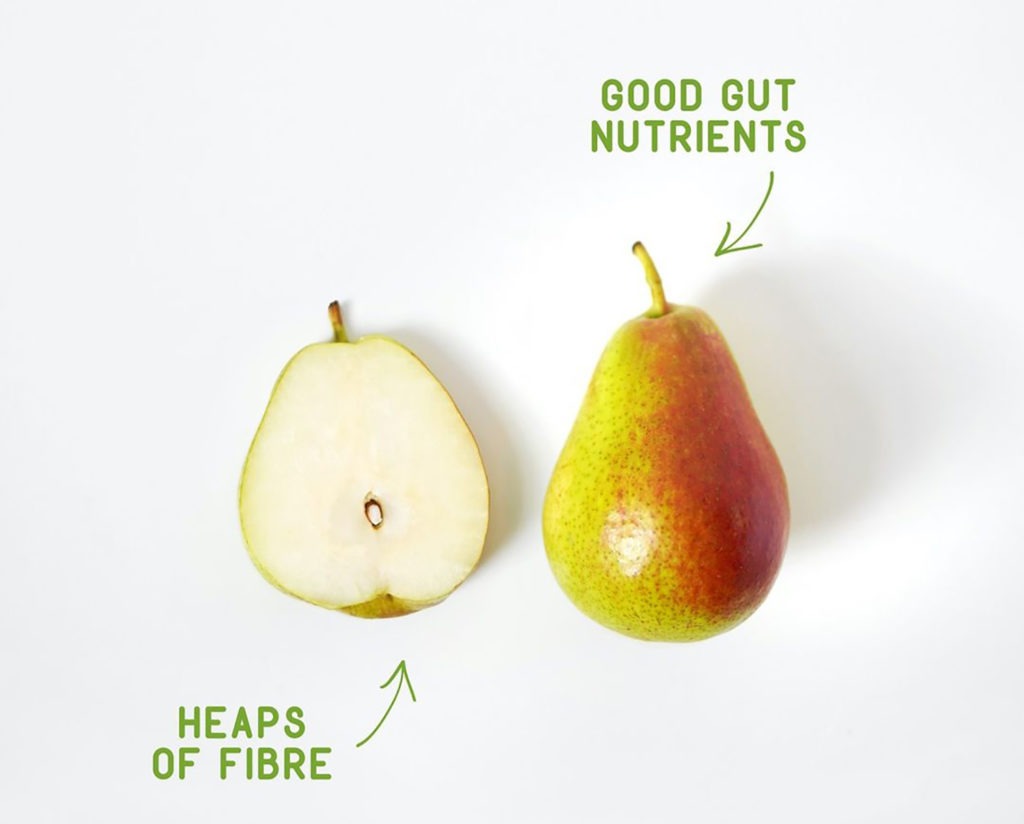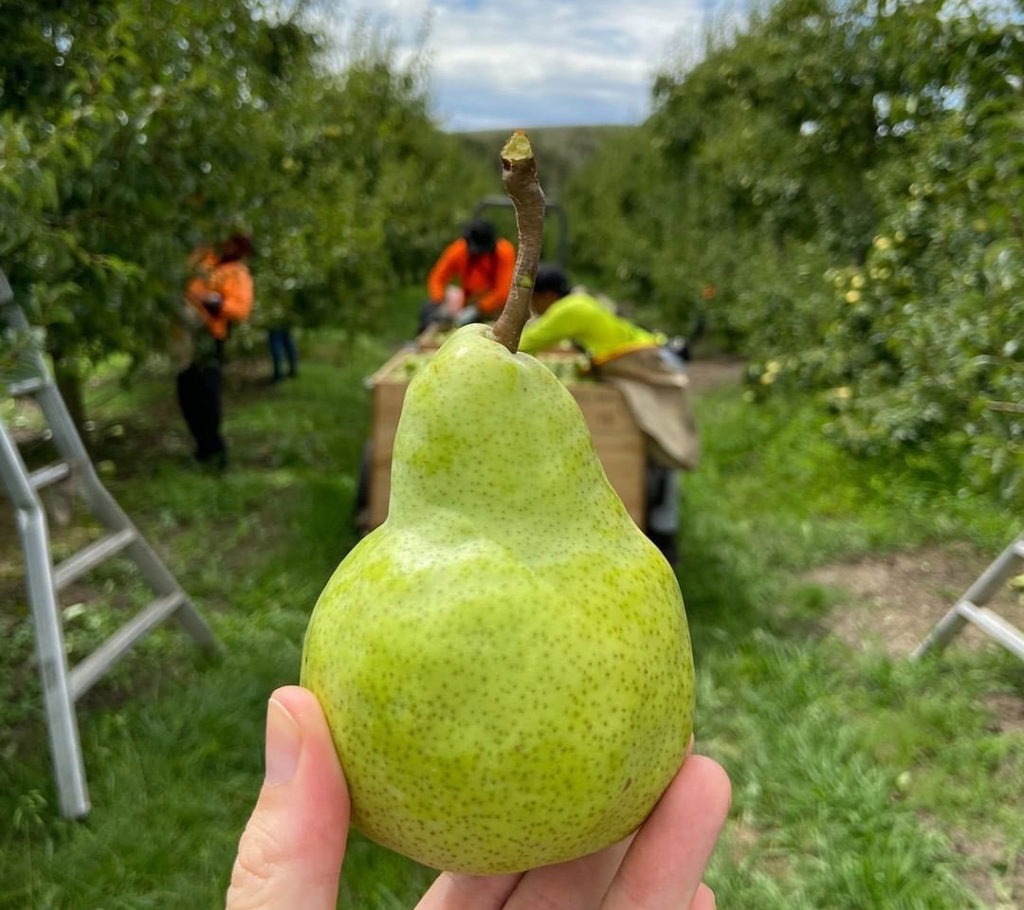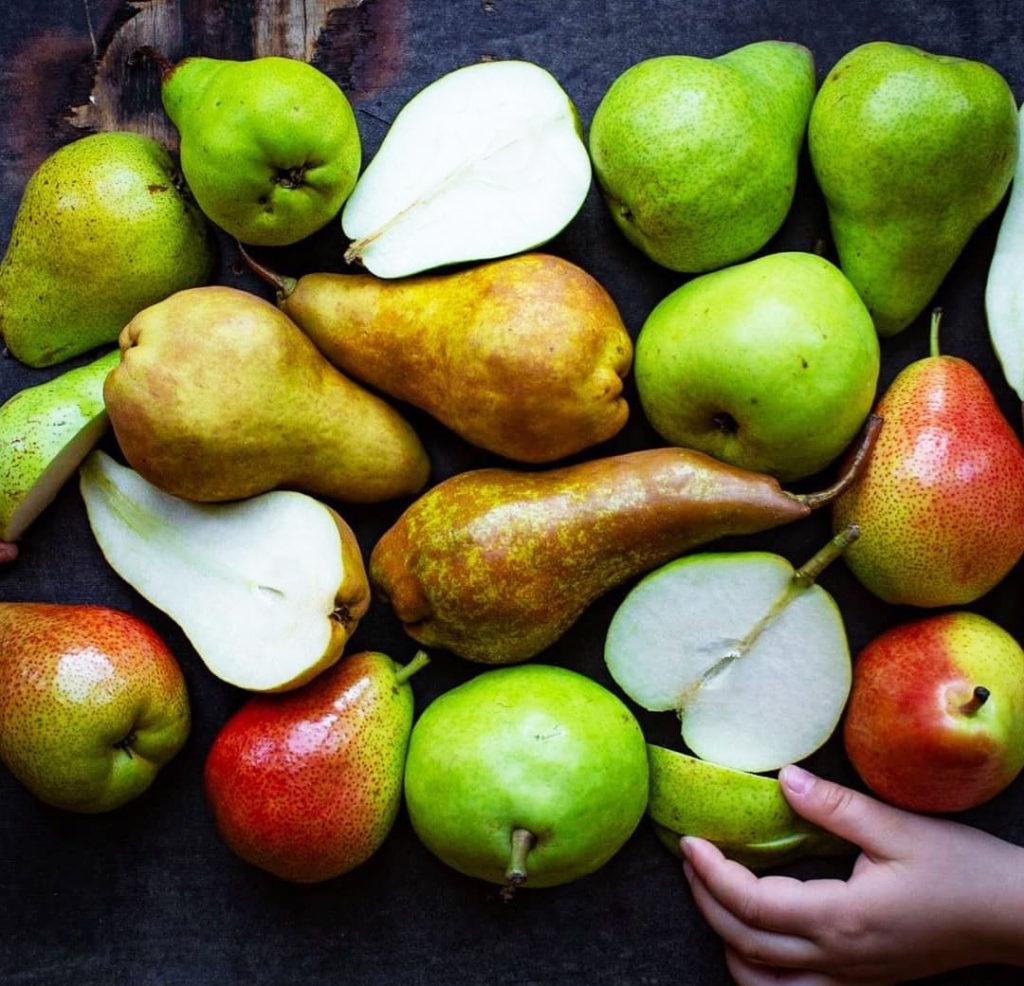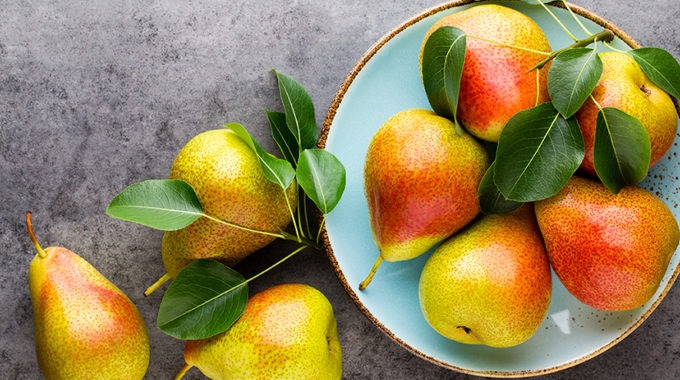Good things come in Australian pears
While 2020 might have been all about takeaway and trackies, 2021 is a different story. The new “COVID normal” has seen Australians refocus on health and wellbeing. And the biggest buzz phrase that encapsulates all of this is “gut health”. New research commissioned by Australian Pears has revealed that gut health issues are more prevalent than ever before. Eighty-one percent of Aussies say they’ve experienced gut health issues in the past six months. Despite this, many of us are still in the dark as to how we improve the situation. Sixty-five percent admit they need more info on what foods support digestive wellbeing.
“The last year has shown the value of keeping health at the forefront,” says nutrition scientist and dietitian Dr Joanna McMillan. “So it’s no surprise that the changes in diet and lifestyle that came with adapting to the new normal have meant our gut health has suffered.
“The research is clear that Australians aren’t receiving the support and education they need around what helps boost gut health and digestive wellbeing. But it doesn’t need to be complicated; it’s easy to boost your mood and gut health by eating more plant foods. These provide both fibre and other plant compounds essential for gut health.”

It’s all about the fibre
Australian pears are one of the highest fibre fruits, making them an excellent choice for gut health. Incorporating fibrous foods, such as pears, into your diet comes with real benefits: Aussies attribute including fibre in their diet to increased energy (72%), increased “feel-good” mood (65%) and a strengthened immune system (64%).
MasterChef judge Melissa Leong might be juggling a rather hectic schedule right now, but she’s still finding the time to focus on her digestive wellbeing in 2021.
“When we’re busy, it can be easy to forget our wellbeing where food is concerned,” she says. “Pears are a fragrant, textural addition to any meal, from salads to desserts. I love their juicy sweetness; it’s a bonus that they also increase my intake of good gut nutrients”
Leong is not alone here. Eighty-five percent of Aussies would consider eating pears more regularly; a third (33%) didn’t previously know that pears are high in dietary fibre to support gut health. The feel-good fruit is also low GI, so it provides a sustained source of energy. It’s also a source of vitamin C, which supports healthy skin and immunity.

Take your pick
Australian pears are sweet, juicy and fresh – and available all year round. There are also plenty of varieties available, from Packham and Beurre Bosc to Corella and Rico.
“Our pear-picking season typically starts in January, however Australian pears are at their absolute best to eat during the autumn and winter months,” says Matthew Dwyer, spokesperson for the fruit and vegetable portfolio at Hort Innovation. “This makes now the perfect time to try the wide variety of Australian pears available.”
You’ll find pears grown right across Australia. However, most growers are located in the southern regions of the country. “The climate in these southern parts offer peak growing conditions due to their cool, mild winters and warm summers,” Dwyer says.
Around 90 percent of the pears grown here in Australia come from Victoria’s Goulburn Valley. Other pear-growing regions include the Yarra Valley and Gippsland in Victoria, Stanthorpe in Queensland, Batlow in NSW, the Huon Valley in Tassie, the Adelaide Hills in South Australia and Manjimup in Western Australia.

How do I tell when a pear is ripe?
Because pears ripen from the inside out, it can often be hard to tell when they’re ready to eat. Some will show little colour change when they’re ripe.
“A simple way of distinguishing the ripeness is to press gently on the flesh of the pear near the stem,” Dwyer advises. “If the flesh gives a little, the pear is ripe and ready to be eaten.”
If you prefer a sweet, crunchy pear, it can be eaten straight away when you buy it. Or if you like a softer pear, simply leave it for another day or two after buying.
“A pear becomes overripe once it starts to feel squishy around the middle, but that doesn’t mean they should be tossed out!” Dwyer says. “Overripe pears can lend texture and sweetness to soups, smoothies and other purées.”
Head to your local supermarket, fresh food market or farmers’ market to discover the good things that come in Australian pears. For more on pears, including varieties, nutrition and recipe ideas, head to the Australian Pears website.









